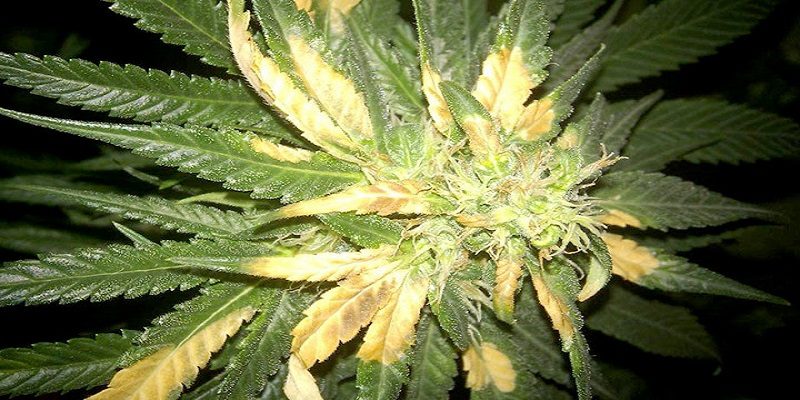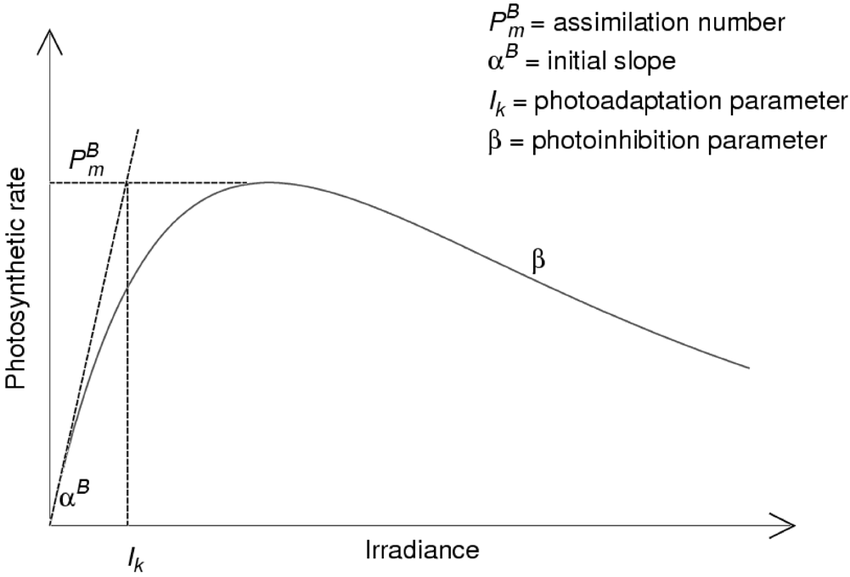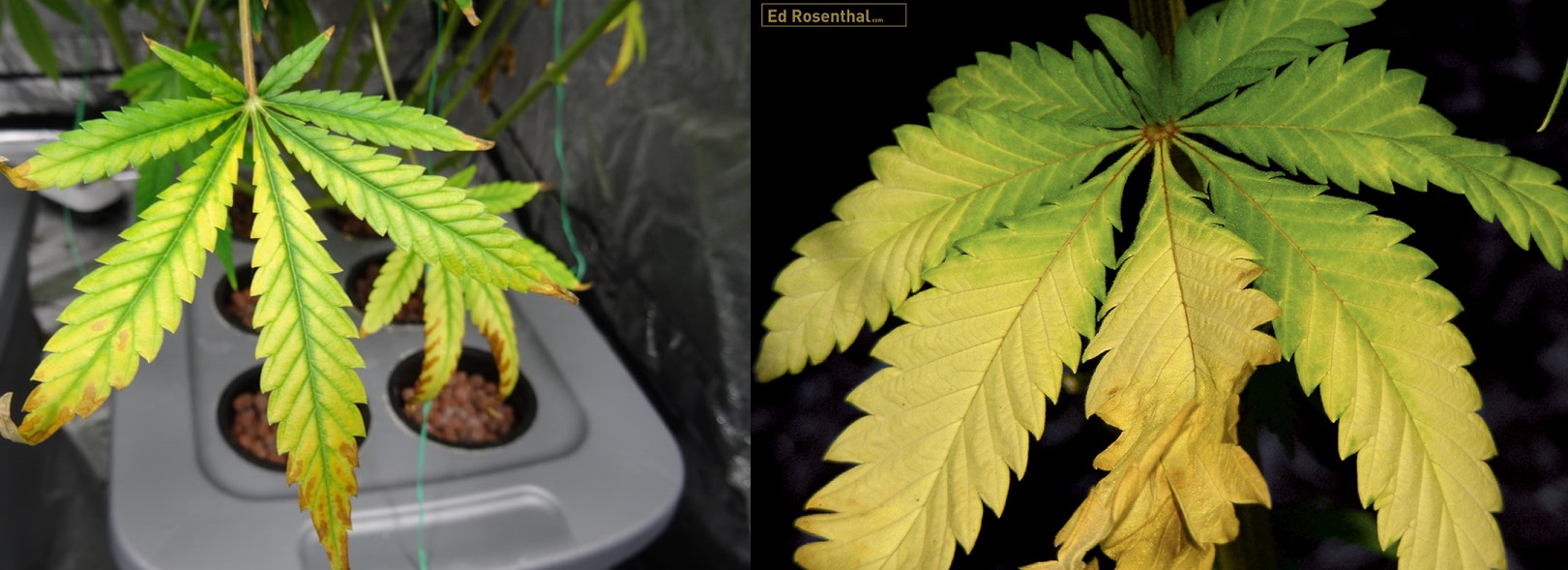In this article, Growers Network discusses the whys and hows of light burn, an often misdiagnosed condition you may find yourself dealing with in your Cannabis grow.

You’ve taken all the precautions against disease, you’ve checked on your nutrient levels, your crop is pest free, but you’ve still got yellowing leaves. What’s going on? Well friend, have you considered light burn? If you haven’t, you’re not alone. It’s often misdiagnosed, but if you know what to look for, you can stop it.

Quick Look
Condition: Light Burn
Technical Name: Photobleaching and/or Photoinhibition
Symptoms: Yellow/white bleached leaves and buds
Cause: Light source is too intense/close to your plants
Remedy: Reduce the intensity/proximity of your grow lights
We should have issued a content warning because that photo are pretty hard to look at. Worse than pictures though is seeing your own plants looking unhealthy, so hopefully the info we provide today will help you prevent light burn or at least help you recognize it when it occurs.
As stated above, the cause of light burn is pretty simple, the lights in your grow are too close to your plants, or they’re too intense. Obviously, if your plants have grown so tall they’re in physical contact with the lights, this phenomenon is pretty self explanatory, but the leaves don’t actually have to come into contact with the light for this type of burn to occur, which can leave a grower scratching their head. Add to the fact that this condition is often mistaken for nitrogen deficiency or disease, and who would blame them for not knowing? There is hope however, and there are a few key characteristics that can help you diagnose light burn accurately.

Leaves Begin Pointing Up
Even before the leaves begin to yellow as a result of light burn, you may notice that the leaves begin to curl up. Leaves that point up can be an early indication of light burn. Being aware of this sign can help you address a "light burn problem" before it becomes a "light burn crisis."
Editor’s Note: This is sometime colloquially referred to as “taco-ing,” where the leaves start to resemble a taco shell.
The Light-bleached Leaves Don’t Fall Off Easily
With many nutrient problems and diseases that affect Cannabis leaves, growers find that the yellow leaves fall off on their own or with only a small amount of effort. This is not the case with light burn. Leaves affected by light burn won’t fall off readily and are more difficult to pluck off than nutrient deficient or diseased leaves, an important distinction when trying to diagnose.

Location Location Location!
Another distinction between light burn and other leaf problems is the location on the plant. Nutrient problems typically begin in the soil, so what you’ll find is the the problem begins at the lower level leaves. Light burn on the other hand will start at the top layer, those leaves closest to the light.
Treating for Light Burn
The first thing you need to do is move your lights farther away from your plants, or even reduce the number of lights. If you can’t do this, consider gently bending your plants or, though more extreme, consider cutting the top of the plant to reduce the height. This type of cutting shouldn’t be done if your plants have entered flowering however as you’ll lose part of your harvest.
Additional tips:
- Nutrient deficiencies can make light burn worse, so if you’ve diagnosed a case of light burn, be sure to check on your nutrient levels as well.
- The veins of the leaves will typically remain green when experiencing light burn, unlike the complete yellowing caused by other issues.
- Heat stress is another condition that presents in the same way as light burn, so make sure your grow is kept at an acceptable temperature.
- While light burn in outdoor grows is unlikely, moving a plant from an indoor to an intensely lit outdoor environment can cause it to occur. Consider transitioning your plants gradually by moving them to a partially shaded area for a few days before exposing them to full sun.
So, do you feel “enlightened?” We hope so! Did we miss something, or is there a Cannabis condition we haven’t covered that you think we should? Drop a comment in the survey below, or better yet, start a discussion in our forum. Happy Growing!
10 Best Gift Ideas for Cannabis Connoisseurs and Growing Aficionados (2022)
December 7, 2022Developing and Optimizing a Cannabis Cultivation System
December 14, 2021Dealing with Insomnia: How Can CBD Help?
December 10, 2020Your Guide to Sleep and CBD
December 7, 2020
Do you want to receive the next Grower's Spotlight as soon as it's available? Sign up below!

Do you have any questions or comments?

About the Author
Chris DeWildt is a graduate of Grand Valley State University and Western Kentucky University. He worked in education and publishing for ten years before joining the team at Growers Network.